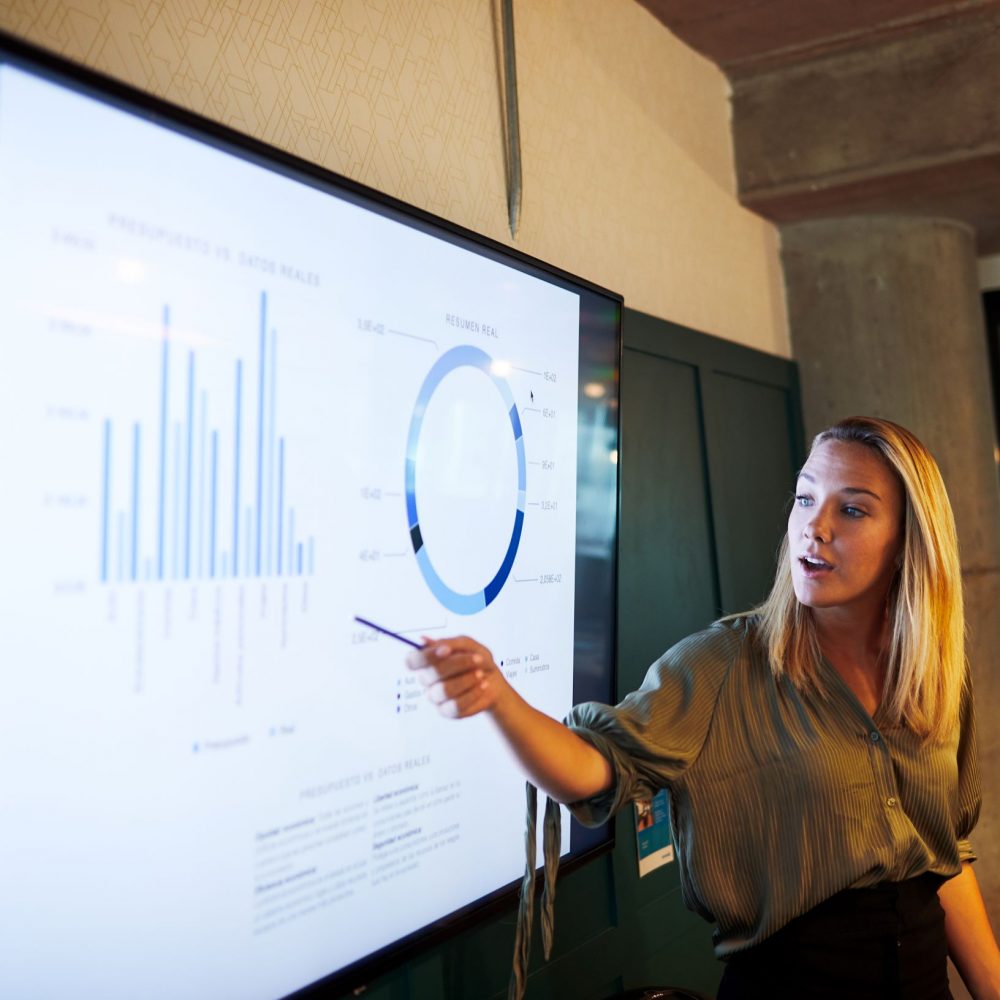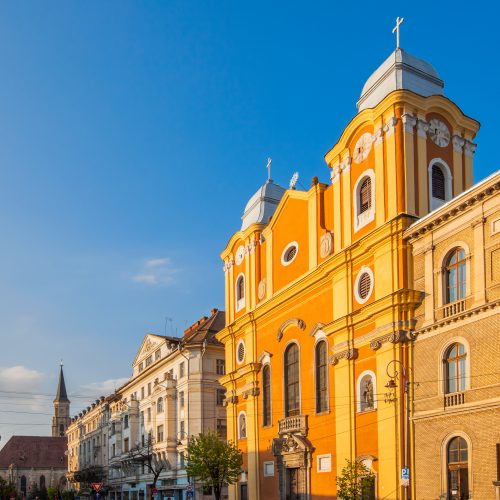Context and policy overview
Participatory budgeting seeks to democratise municipal governance by providing citizens with the ability to vote on how to spend a portion of the City’s budget.[1]
In Tartu, participatory budgeting has been implemented every year since 2013, with the stated goals of improving citizens’ understanding of municipal policy-making, boosting cooperation between municipalities, and finding solutions to the needs of the citizenry via a community-based approach.
In Tartu, the initiative is run in the context of a fully integrated e-Governance system, present at all levels of government. Therefore, while one of the participatory budgeting’s intrinsic goals is to distribute municipal resources more in line with residents’ needs, in Tartu, it also serves as a means to increase citizens’ participation in e-Governance more broadly.[2]
Implementation
Initially, the e-Governance Academy (eGA), a non-profit founded through a partnership between the Government of Estonia, the United Nations Development Program (UNDP), and the Open Society Institute, provided advice and expertise on the configuration of the participatory budgeting initiative in Tartu.[3]
eGA, which specialises in knowledge sharing around open government and digital democracy, aided the City of Tartu in the design and implementation of the first iteration of the project.
In Tartu, the participatory budgeting process is coordinated by the public relations department, while the investments are approved by the City’s budget department.
Every year, 1 per cent of the municipal investment budget or €200,000, is allocated to participatory budgeting. Each individual project’s cost cannot exceed €100,000, so that at least two projects are selected for implementation every year.[4]
From submission to voting, the whole process takes six months, with implementation completed in 12 months, based on the following steps and criteria.[5]
Project submission
Individuals or groups have an opportunity to submit a project which has the intent to benefit the Tartu citizenry. Projects can be submitted through the City’s proprietary website, Volis, via email or regular mail. Subsequently, information related to each stage of the process is publicly available on the platform or at the City Hall.
Eligibility
Every resident of Tartu of 14 years or older is eligible to participate and cast a maximum of three votes.
Feasibility study
After the submission phase, technical experts assess the project’s financial, temporal and technical feasibility.
Discussions
After the feasibility screening, a panel of experts from the City of Tartu and other external experts from universities, civil society, the public and private sectors assess the feasibility and expected cost of each initiative. The panel also engages in in-depth discussions with the project’s proponents to fully understand the observed gaps and desired impact.
Outreach
The projects deemed feasible are presented to the public via official communication channels like the City Hall website, social media and City Hall offices. While the official communication campaign is coordinated by the public relations department, those who submit projects are encouraged to support the outreach effort and invite people to vote.
Voting
Finally, voting can happen either in person at the Tartu City Information Centre or online. In order to vote, participants are required to have an identification card or mobile ID. All information related to the process is posted on a proprietary website and linked to other relevant e-Governance resources.
Implementation
The projects with the most votes are then selected for implementation, the responsibility of which falls with the relevant municipal departments depending on the theme and scope of the project.
Barriers and critical success factors
Notably, Tartu’s experience with participatory budgeting was limited by the distribution of responsibilities among the different levels of government. In fact, in Estonia, while municipalities have little financial autonomy – a responsibility that rests with the national government – they are tasked with providing 70 per cent of all services, including education and social assistance.[6]
This can limit the breadth of initiatives funded through participatory budgeting, given the few areas in which municipalities have enough leeway to make autonomous changes.
Estonian municipalities’ limited financial autonomy also impacted the design of participatory budgeting’s allocated share of the budget. As almost 90 per cent of the local government’s budget is tied, the share of the budget allocated to this initiative was selected considering this constraint.
Furthermore, given the relatively small size of the City’s population, Tartu allocated a relatively small fraction of its investment budget to participatory budgeting. In doing so, it has shielded itself from criticism regarding the inefficient disbursement of municipal funds. Therefore, one of the strengths of this project, at least at these early stages, was a well-calibrated allocation of funds to the projects.
In addition, the City of Tartu has divided the responsibility to run the initiative between two departments, leveraging their respective competencies to ensure the smooth execution of the programme.
The public relations department was tasked with outreach and communication, while the budget department focused on feasibility and implementation. This synergy between the two departments is also effective in creating greater cooperation between different branches of municipal governance.
Results and lessons learned
Since its inception, participatory budgeting in Tartu has attracted more and more voters every year, with a total of 7,260 votes cast in 2020 and representing 9.2 per cent of the eligible population.[7]
Since 2013, at least two submissions have been selected for implementation based on the citizens’ preferences. In 2020, both projects selected addressed the need for more greenery and public, open-air spaces to practice sports, including the construction of a new football field and the upgrading of a school yard’s park.
In previous years, other projects implemented included more comfortable sidewalks and crossroads to aid people with walking impairments or using trolleys and the redesign of some stretches of road to become more cyclist-friendly.
The following insights can be distilled from Tartu’s experience with participatory budgeting:
- In transversal initiatives such as participatory budgeting, municipalities can strive to form partnerships between different departments to divide tasks based on the specialised competencies of each unit.
- Providing citizens with an opportunity to submit and vote on projects to be implemented can serve as a feedback mechanism to identify relatively small areas of improvement to render the city more accessible and inclusive.
- Cities that have an already established e-Governance framework can integrate participatory budgeting into other aspects of their policy-making, as a means to increase engagement with the e-Governance system as a whole.

















